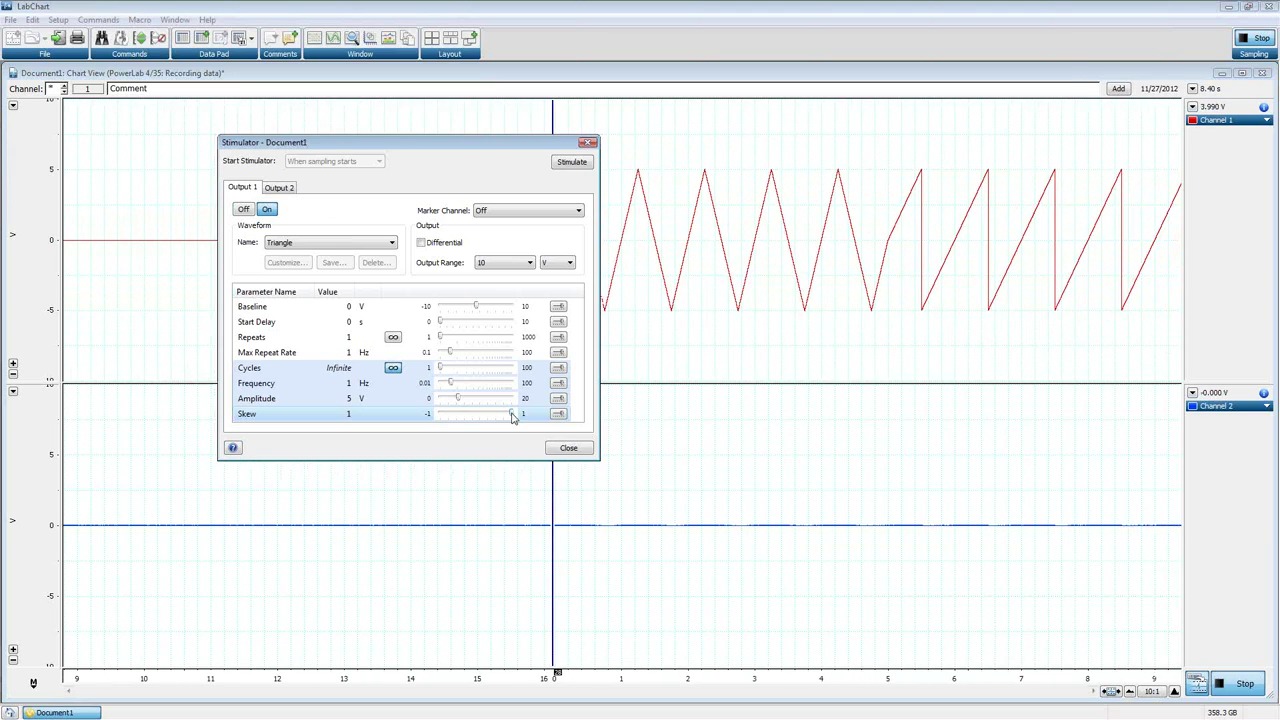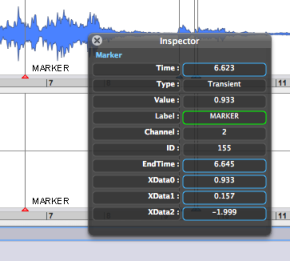

Methods: We measured atrial and ventricular activation times during sinus and paced rhythms using epicardial electrodes and optical mapping of transmembrane potential. Objectives: The goal of our studies was to measure BPA’s effect (0.1-100 μM) on cardiac impulse propagation ex vivo, using excised whole hearts from adult rats. Recent epidemiological studies have reported correlations between increased BPA urinary concentrations and cardiovascular disease yet the direct effects of BPA on the heart are unknown. Human biomonitoring studies have suggested that a large proportion of the population may be exposed to BPA. Further advances in ARFI imaging technology would facilitate a wider range of imaging opportunities for clinical lesion evaluation.īackground: Bisphenol A (BPA) is used to produce polycarbonate plastics and epoxy resins that are widely used in everyday products, such as food and beverage containers, toys and medical devices. Conclusions: Intracardiac ARFI imaging was successful in identifying endocardial RFA treatment when specific imaging conditions were maintained. Reviewer identification of contiguous lesions had 75.3% specificity and 47.1% sensitivity.

Reviewers of the ARFI images detected RFA-treated sites with high sensitivity (95.7%) and specificity (91.5%). Results: Ten percent of ARFI images were discarded because of motion artifacts. For comparison, 3 separate reviewers confirmed RFA lesion presence and contiguity on the basis of functional conduction block at the imaging plane location on electroanatomical mapping activation maps. Three reviewers categorized each ARFI image as depicting no lesion, noncontiguous lesion, or contiguous lesion. ARFI images were acquired during diastole with the myocardium positioned at the ARFI focus (1.5 cm) and parallel to the intracardiac echo transducer for maximal and uniform energy delivery to the tissue. Methods: In 8 canines, an electroanatomical mapping–guided intracardiac echo catheter was used to acquire 2-dimensional ARFI images along right atrial ablation lines before and after RFA. Objective: To determine whether intraprocedure ARFI images can identify RFA-treated myocardium in vivo. Intracardiac acoustic radiation force impulse (ARFI) imaging is a new imaging technique that visualizes RFA lesions by mapping the relative elasticity contrast between compliant-unablated and stiff RFA-treated myocardium.

Intraprocedural visualization and corrective ablation of lesion line discontinuities could decrease postprocedure atrial fibrillation recurrence. Thus, INaL offers inotropic support, but negatively interferes with cellular and ventricular compliance, providing a new perspective of the biology of myocardial aging and the aetiology of the defective cardiac performance in the elderly.īackground: Arrhythmia recurrence after cardiac radiofrequency ablation (RFA) for atrial fibrillation has been linked to conduction through discontinuous lesion lines. Similarly, repolarization and diastolic tension of the senescent myocardium are partly restored. Inhibition of INaL shortens the AP and corrects dynamics of Ca2þ transient, cell contraction and relaxation. These alterations increase force development and passive tension. Here we show that an increase in the late Naþ current (INaL) in aging cardiomyocytes prolongs the action potential (AP) and influences temporal kinetics of Ca2þ cycling and contractility. We raised the possibility that, in a mouse model of physiological aging, defects in electromechanical properties of cardiomyocytes are important determinants of the diastolic characteristics of the myocardium, independently from changes in structural composition of the muscle and collagen framework. The aging myopathy manifests itself with diastolic dysfunction and preserved ejection fraction.


 0 kommentar(er)
0 kommentar(er)
